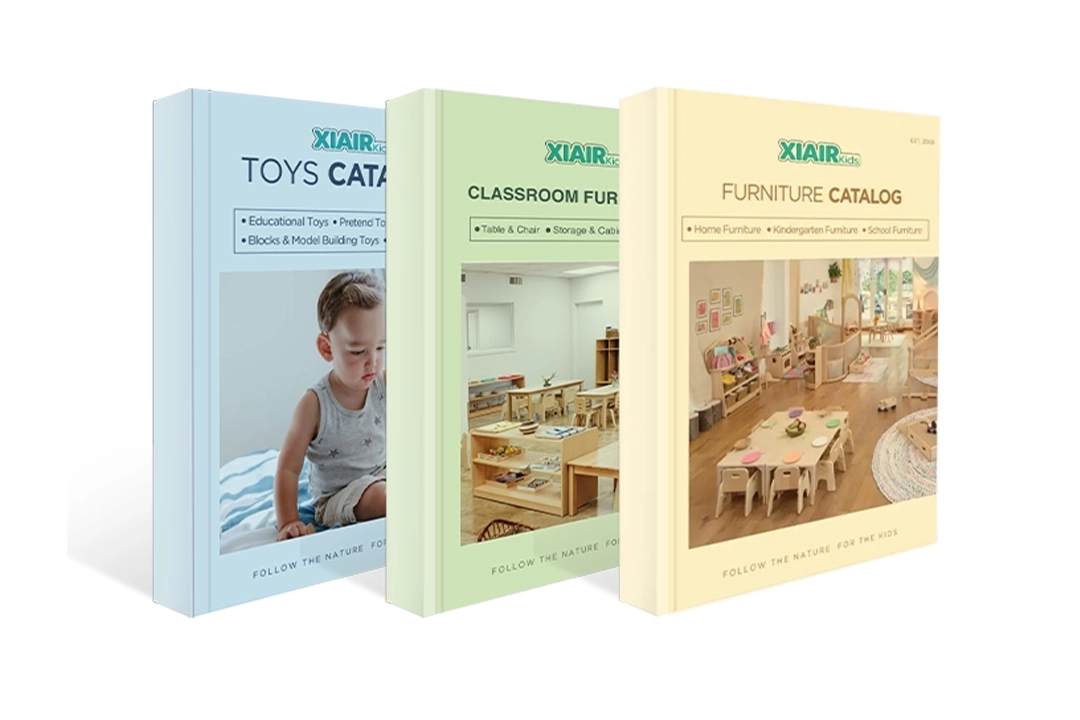Dramatic Play Furniture for Early Childhood Education
Our carefully crafted dramatic play furniture fosters children's creativity, social interaction, and cognitive development. From fully equipped play kitchens to engaging dress-up stations, our custom solutions are designed to encourage imaginative play and teamwork. Whether you're creating a dedicated play corner or reimagining an entire classroom, our dramatic play products provide an interactive and enriching environment that supports essential early learning skills. Our furniture focuses on durability and functionality, ensuring a safe and stimulating space for children to explore and grow.
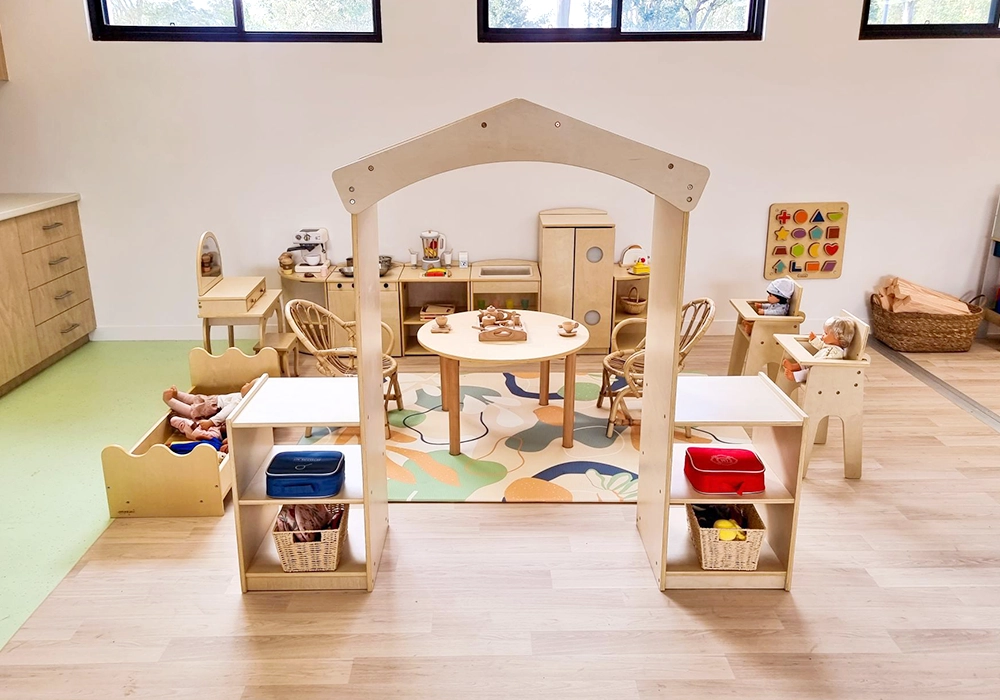
Our Dramatic Play Collection
A diverse range of dramatic play furniture and accessories designed to spark children's imagination and encourage social interaction. From interactive role-play stations to customizable play environments, each product is crafted to support early learning and cognitive development. Browse our collection to create a dynamic and engaging space where children can explore, develop, and collaborate.
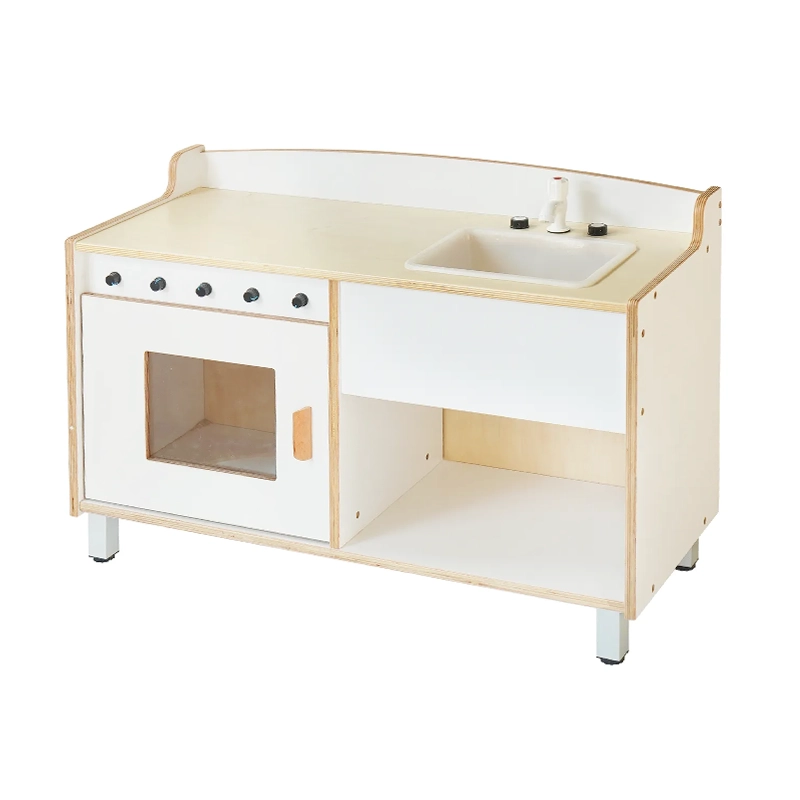
Combination Kitchen
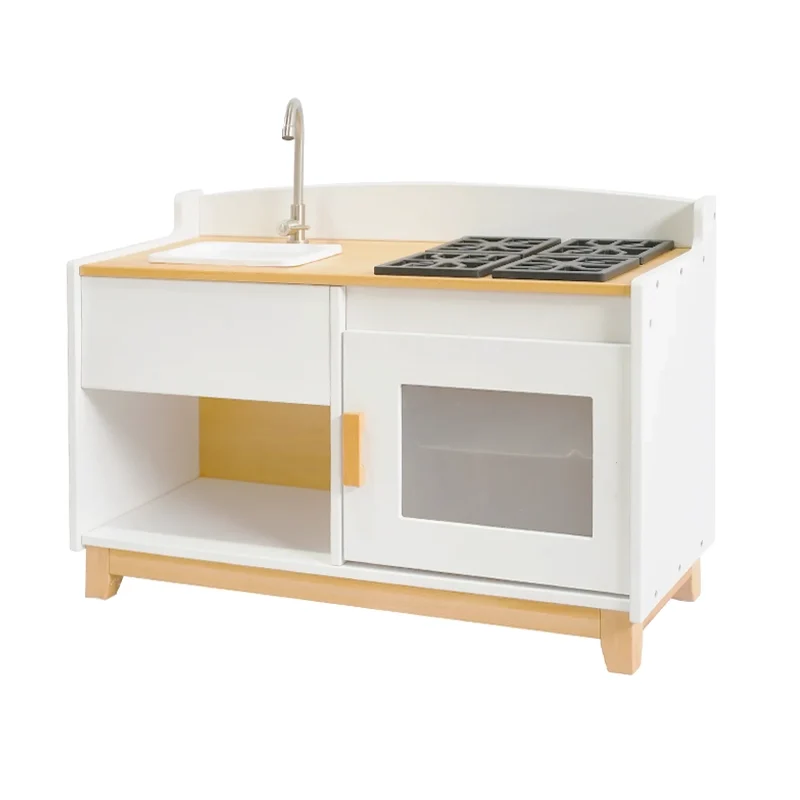
Sense of Place Range and Sink
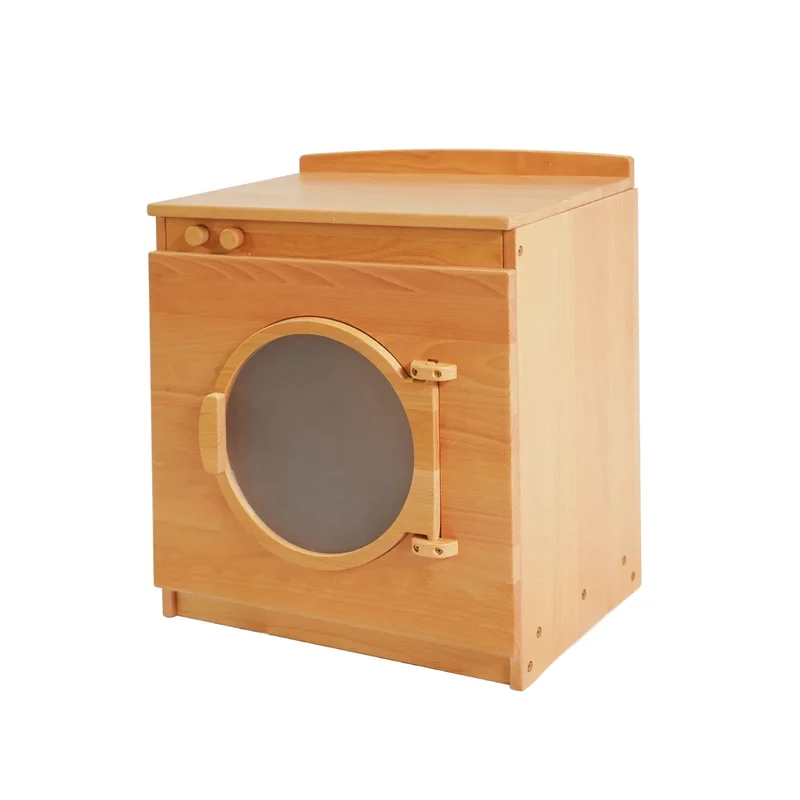
Play Clothes Washer
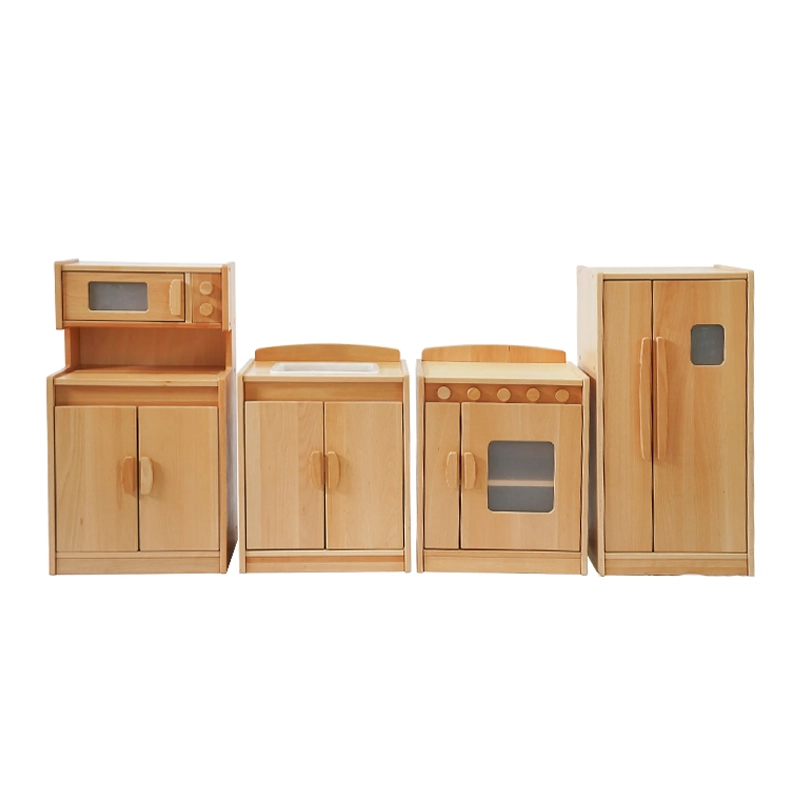
Maple Kitchen Unit
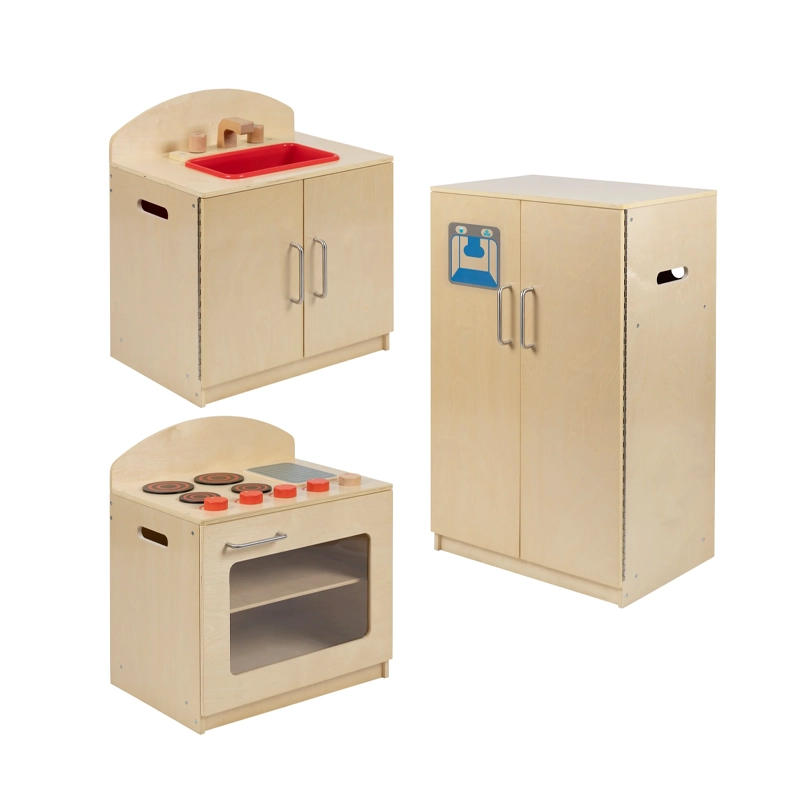
3 Set Of Kitchen Unit
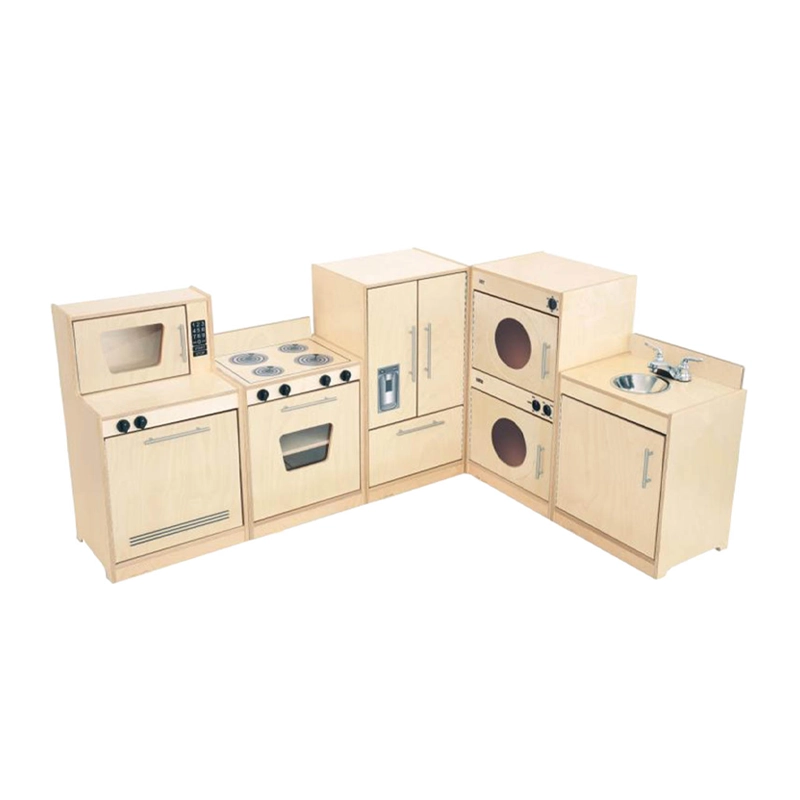
Contemporary Play Kitchen Ensemble
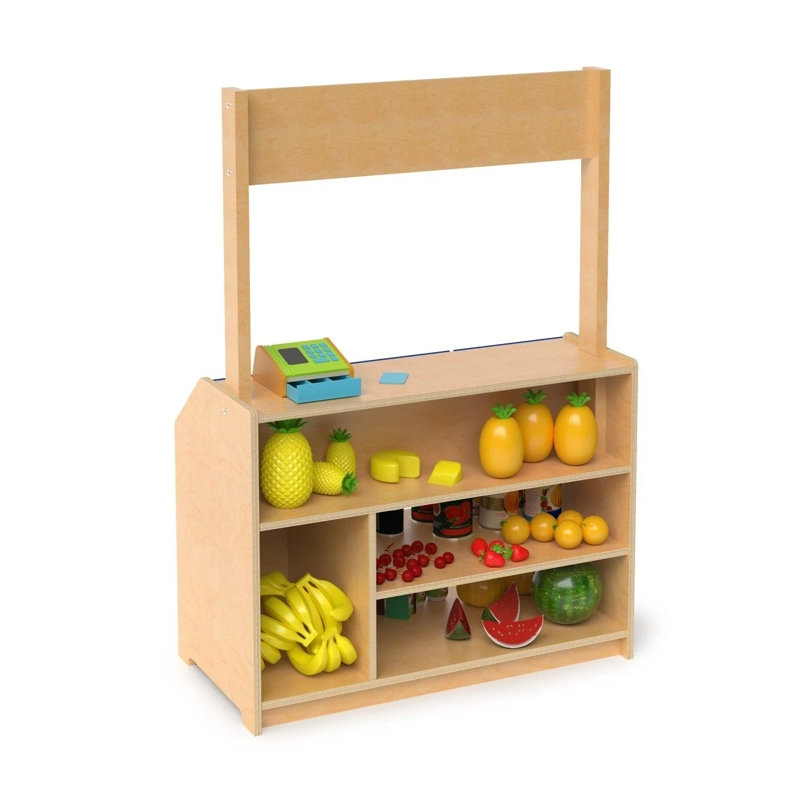
Preschool Market Stand
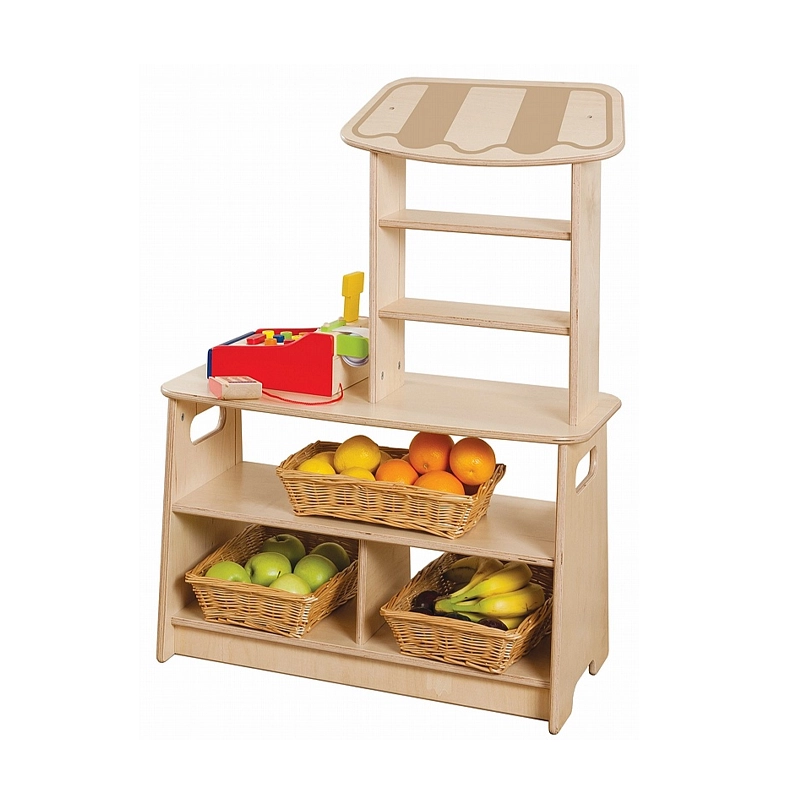
Drama Tots Market Stall
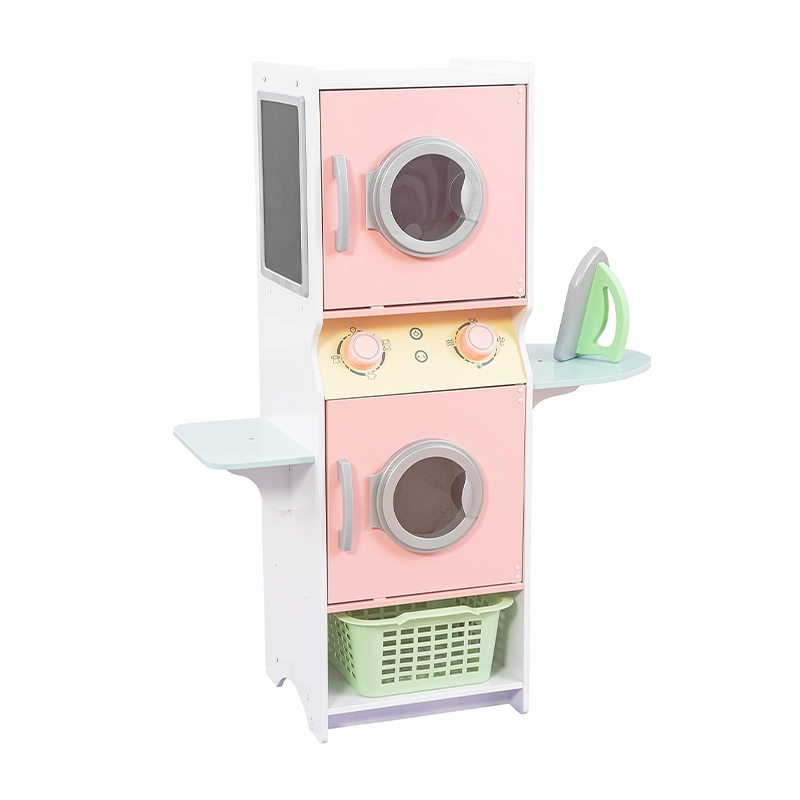
Laundry Playset
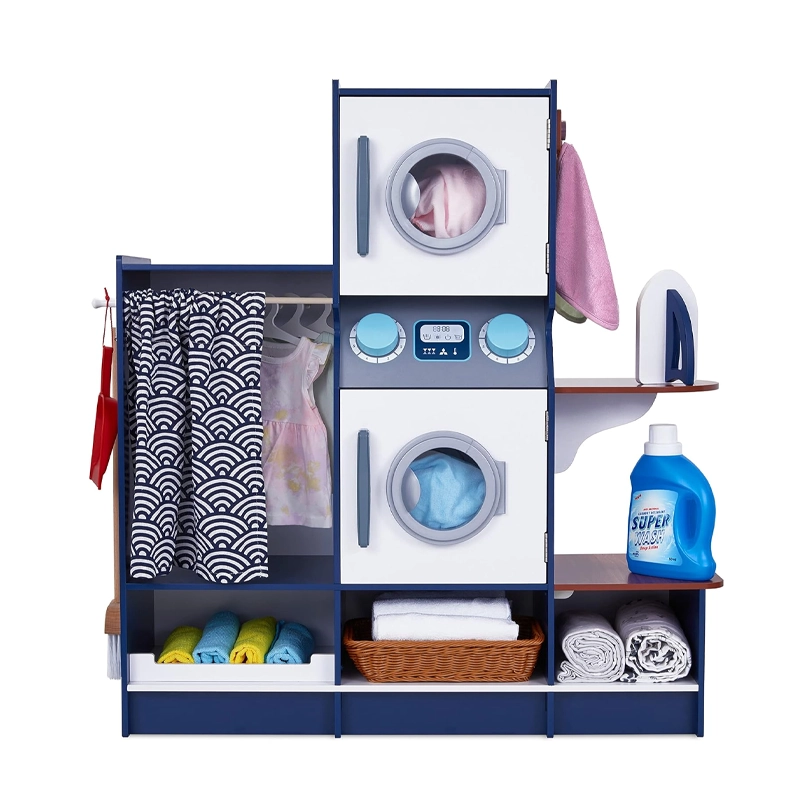
Kids Washer and Dryer Playset
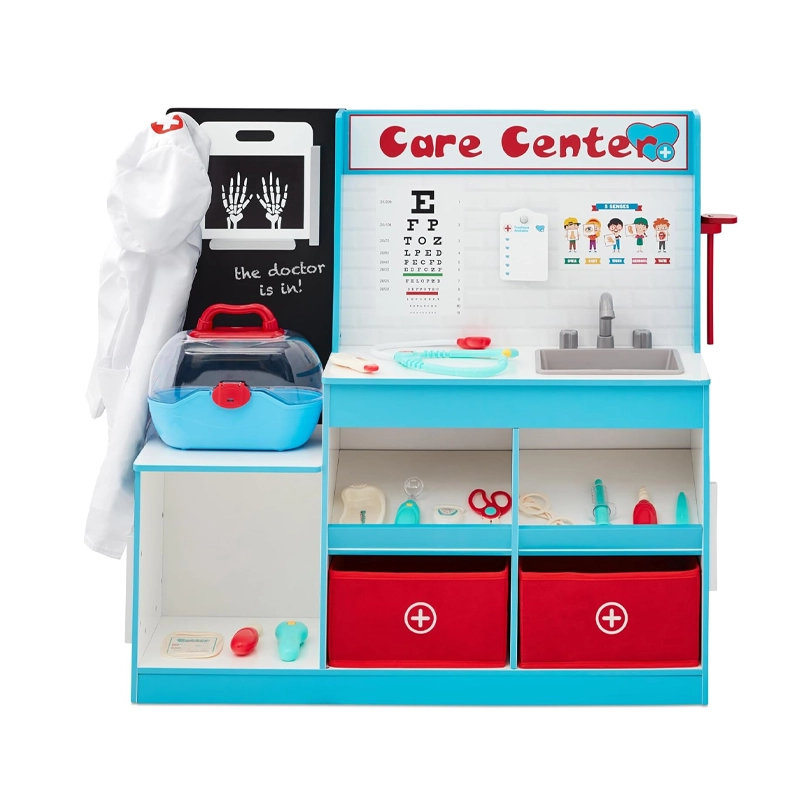
Pretend Play Doctor's Office
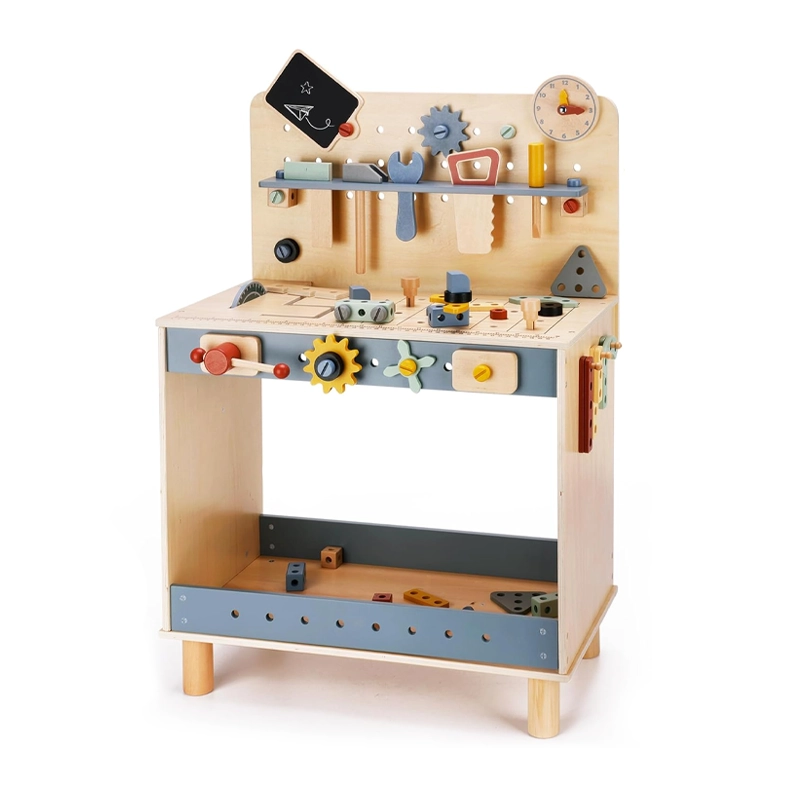
Workbench for Kids
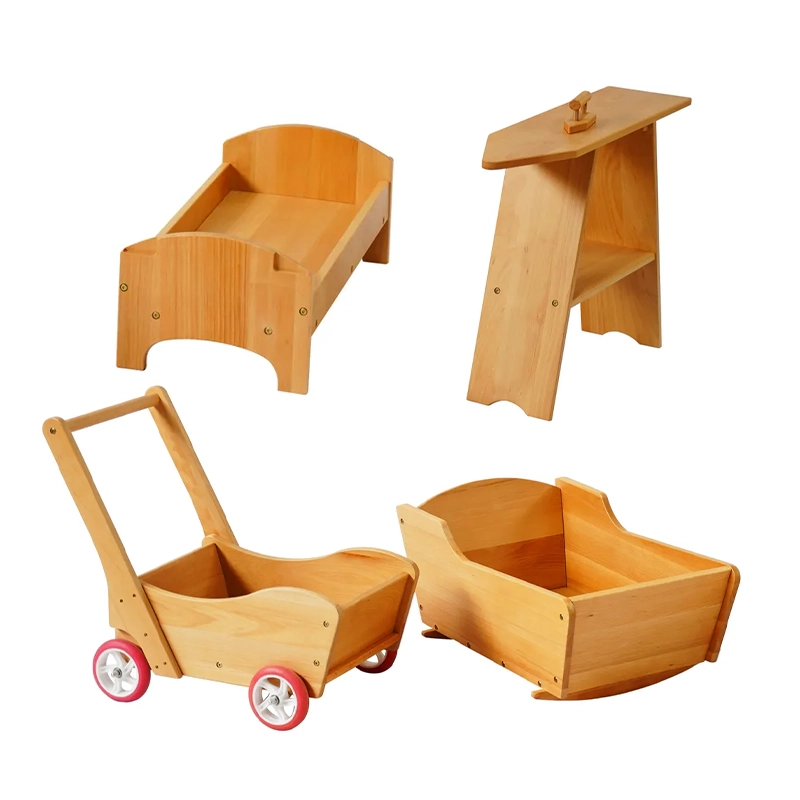
Housekeeping Units
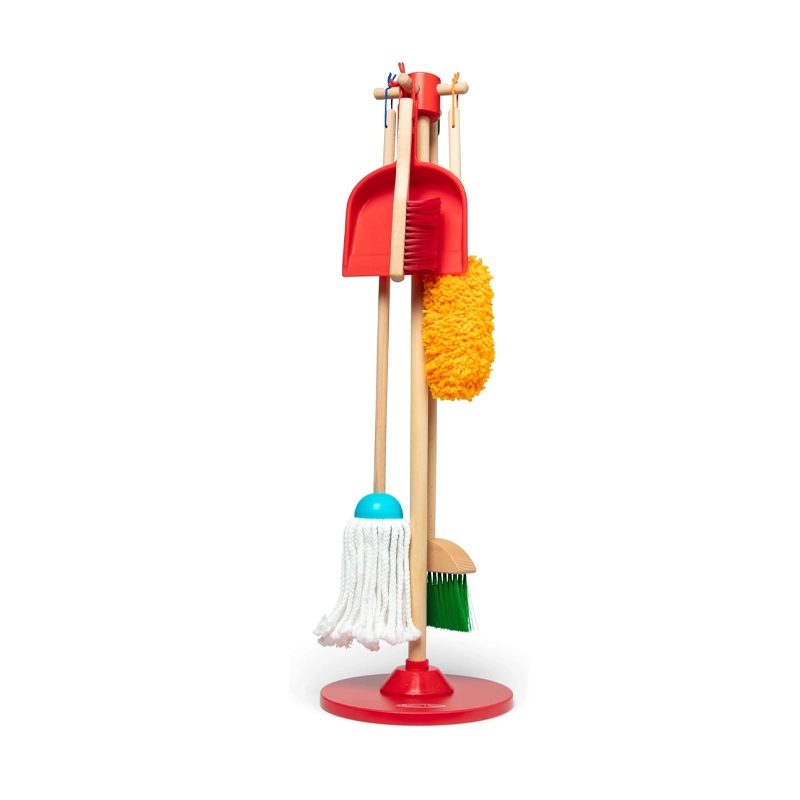
House Dust
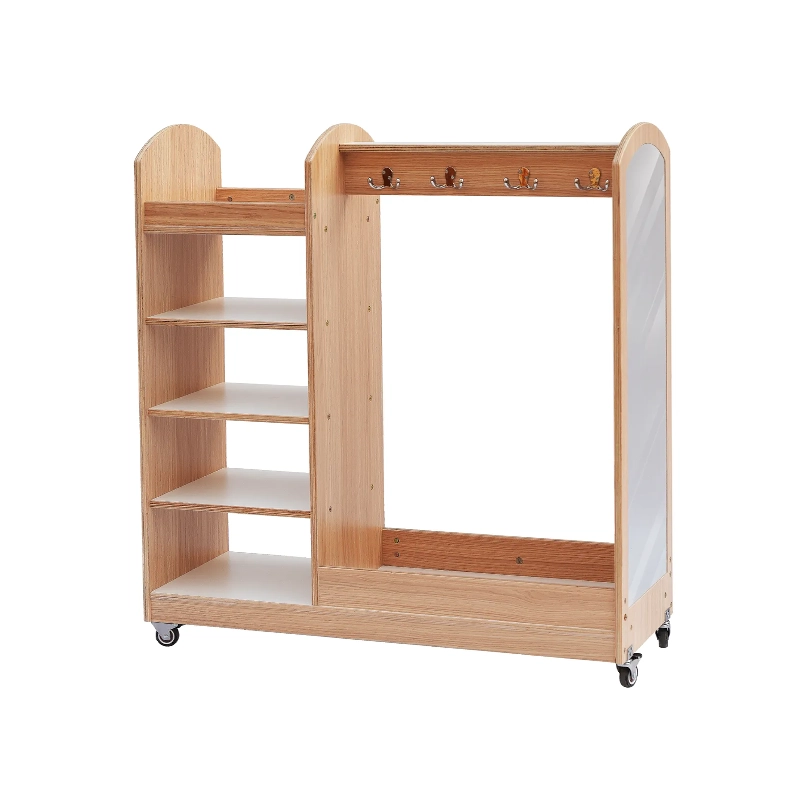
Dress-up Trolley with Mirror
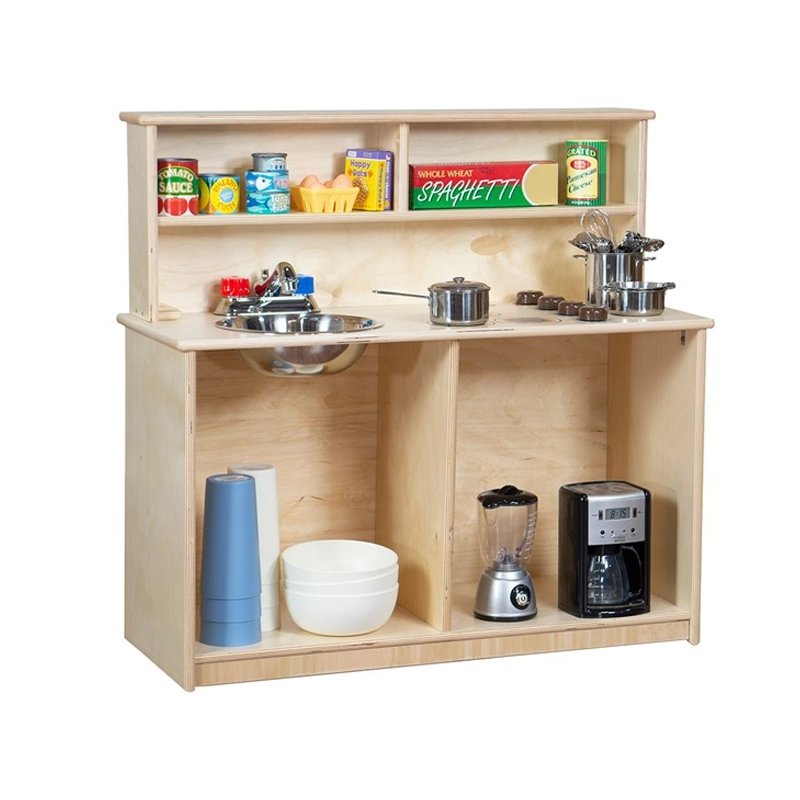
3-in-One Play Kitchen
Industry-leading manufacturer and supplier of customized preschool furniture
With over 20 years of professional experience, we have established ourselves as a trusted brand in the preschool furniture industry. Our comprehensive services extend beyond just product supply—we assist with classroom layout planning, offer tailored furniture customization, and provide dedicated after-sales support. This ensures that each client receives a bespoke solution designed to create an optimal learning environment for children.
Our commitment to quality and innovation has allowed us to build strong partnerships with educational institutions worldwide. We are proud to be recognized for our exceptional customer service and forward-thinking designs that cater to the unique needs of early learning environments.
Using advanced manufacturing techniques and strict quality control, our dramatic play furniture is built to withstand the demands of daily use.
Premium Materials for Dramatic Play
Dramatic play products stimulate creativity and support young children's cognitive, social, and emotional development. These products come in various materials and types, offering unique benefits for different play environments.
These materials and categories provide diverse dramatic play products that cater to different educational goals while ensuring safety, durability, and creativity in early childhood learning environments.
-
Hardwood Known for its resilience and long lifespan, hardwood (like oak, maple, or beech) is commonly used in larger dramatic play furniture pieces, such as play kitchens, storage units, and role-playing stations.
-
Plywood A more affordable and versatile option, plywood is used for both structural components and decorative elements. It is lightweight, strong, and cost-effective.
-
Plastic Plastic is a highly versatile, lightweight, and affordable
-
Acrylic A clear, shatter-resistant plastic often used for windows in playhouses or as the material for pretend mirrors or cash register screens.
-
Fabric Fabric is a crucial material in role play products such as costumes, soft play mats, tents, and playhouse decorations.
-
Metal Metal is typically used in hardware elements like handles, hooks, or frames in dramatic play products. It may also be part of kitchen sets, tool kits, or small accessories.
-
Foam and Rubber Foam and rubber are often used in soft play items such as mats, flooring, and some play accessories. These materials provide a safe, cushioned environment for dramatic play.
-
Non-Toxic Paints and Coatings Water-based paints and finishes that are safe for children and do not release harmful chemicals.
What is Dramatic Play?
Dramatic play, often pretend or imaginative play, is a fundamental part of early childhood development. It refers to activities where children take on roles and act out scenes from everyday life or their imagination. This form of play encourages children to engage in storytelling, role-playing, and problem-solving collaboratively and creatively. Whether they are pretending to be doctors, chefs, or superheroes, dramatic play provides a rich learning experience that supports emotional, cognitive, and social growth.
Different Types of Dramatic Play
Our dramatic play furniture is thoughtfully designed to cater to various themes that inspire creativity, role-playing, and social interaction among children. From dramatic play kitchen sets that mimic real-life cooking to post office dramatic playstations where kids can act as mail carriers or clerks, each product is crafted to support imaginative learning. Whether it’s a flower shop dramatic play area encouraging teamwork or a doctor’s office dramatic play furniture that promotes empathy, these products create engaging spaces for preschoolers and toddlers to explore the world around them. Perfect for preschool dramatic play centers, classroom dramatic play areas, or even outdoor dramatic play setups, our furniture combines durability, functionality, and educational value, helping children develop essential skills through hands-on activities.
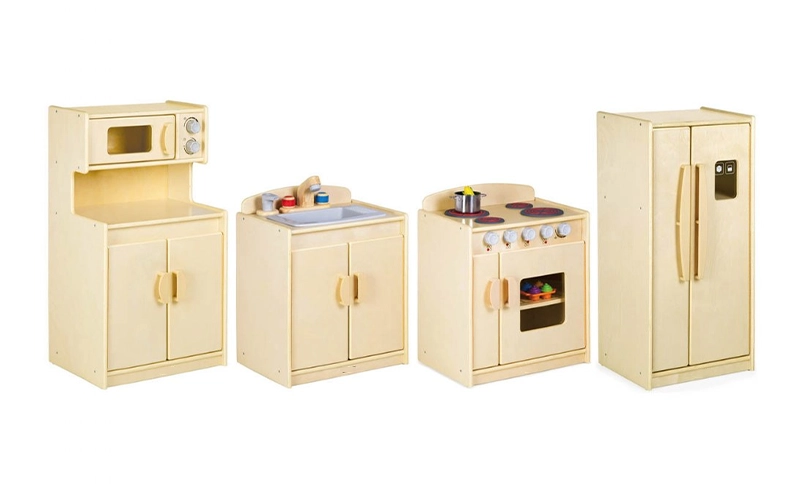
Cooking & Kitchen Play
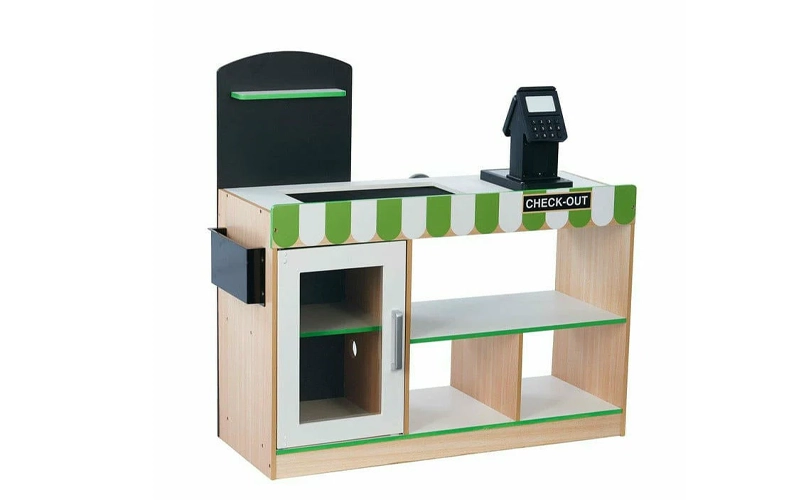
Retail & Shopping Play
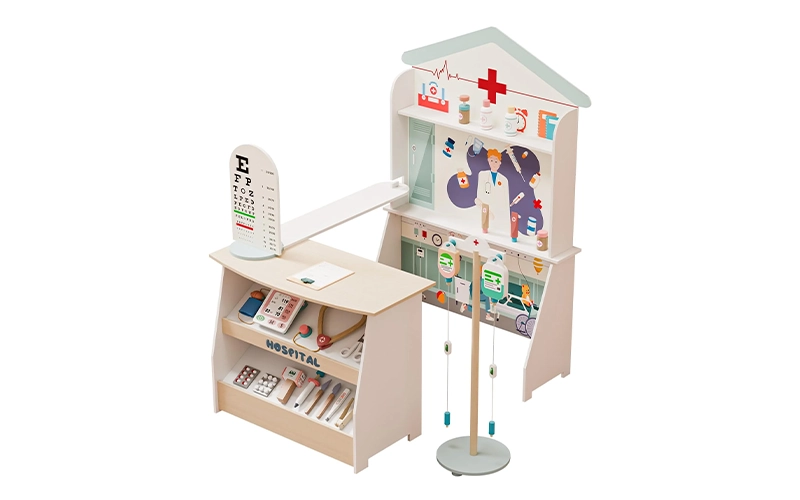
Medical & Health Play
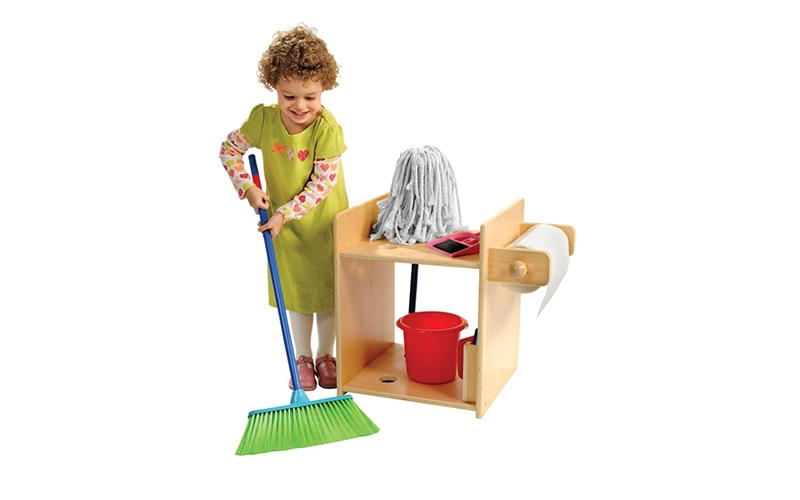
Home & Family Play
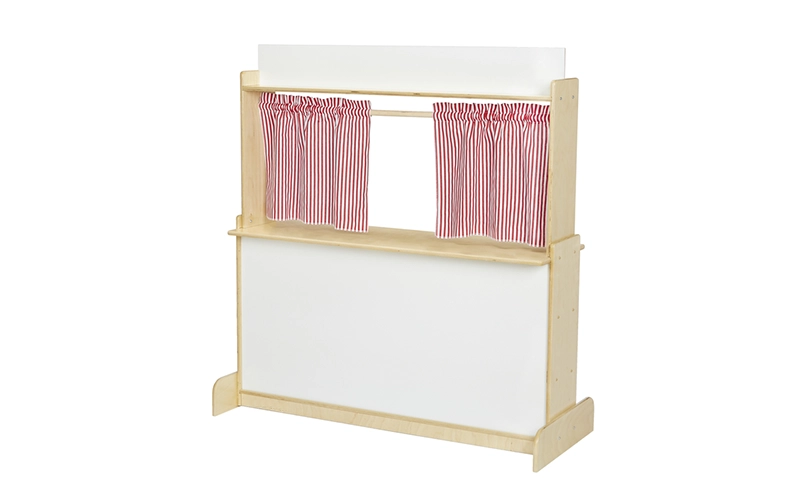
Performance & Creative Play
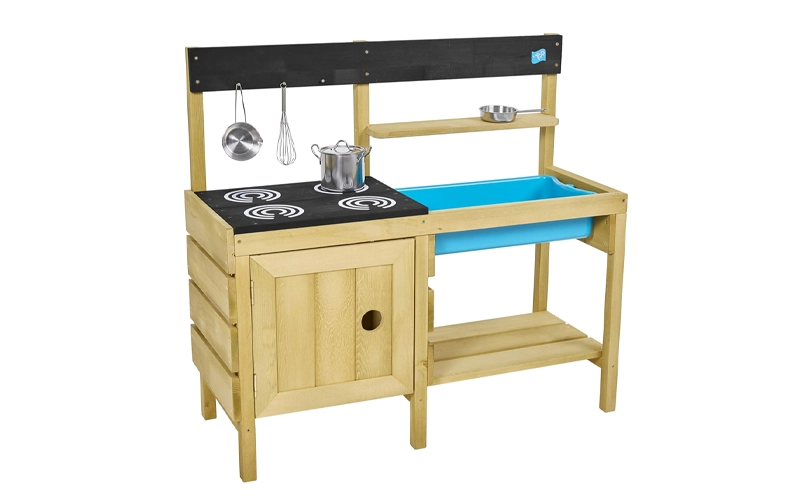
Outdoor Dramatic Play
Why is Dramatic Play Important in Early Childhood Education?
Dramatic play is a cornerstone of early childhood education, providing a foundation for learning and growth in all key developmental domains. It is more than just “playing pretend” – dramatic play fosters creativity, encourages social-emotional learning, and supports cognitive and language development in ways that structured activities cannot. By engaging in dramatic play activities, preschoolers, toddlers, and young children are equipped with the skills they need to navigate the complexities of the real world. Below, we delve into the reasons why dramatic play is integral to early childhood education.
Benefits of Dramatic Play
Dramatic Play offers countless opportunities for children to explore, learn, and grow in ways that directly influence their emotional, social, cognitive, and language development.
Emotional Development
As children step into different roles—whether it’s pretending to be a parent, a teacher, or a superhero—they explore a wide range of emotions and scenarios. Through these experiences, they learn to express their feelings, understand those of others, and navigate complex emotional landscapes.
Cognitive Development
Dramatic play stimulates cognitive development by encouraging children to think critically, solve problems, and engage in complex thought processes. As they create stories, roles, and scenarios, they use their imaginations to solve problems, organize ideas, and navigate various situations.
Social Skills
Interacting with other children in role-playing activities teaches them to cooperate, take turns, negotiate, and communicate effectively. Whether playing in small groups or individually, role play fosters an understanding of social roles and the dynamics of human relationships.
Language Development
Role play provides an excellent opportunity for children to develop language skills. As they engage in pretend play, children use language to express ideas, explain actions, and create stories. Whether playing alone or with others, they practice new vocabulary, sentence structures, and forms of expression.
Creativity and Imagination
Dramatic play encourages creativity by allowing children to invent new worlds, stories, and characters. Creating and building different scenarios teaches them to think outside the box and explore endless possibilities. This not only nurtures imagination but also builds confidence in their creative abilities.
Independence and Self-Confidence
As children step into different roles, they learn to make decisions, take responsibility for their actions, and solve problems independently. Whether it’s pretending to run a grocery store, manage a farm, or play the role of a teacher, children often make decisions without direct adult guidance, boosting their confidence in their ability to handle challenges.
Dramatic Play Ideas for Different Themes
| Theme | Activity Idea | Props Needed |
|---|---|---|
| Dramatic Play Kitchen | Pretend to run a restaurant and serve meals to “customers.” | Toy kitchen, pretend food, tableware. |
| Grocery Store | Organize shelves and “sell” products to friends or family members. | Toy shelves, cash register, shopping cart. |
| Post Office | Write and deliver letters to “neighbors” in the classroom or at home. | Toy mailbox, pretend letters, stamps. |
| Doctor’s Office | Check up on stuffed animals or dolls, diagnosing and treating their “illnesses.” | Medical kits, dolls or stuffed animals. |
| Flower Shop | Create floral arrangements and sell bouquets to friends. | Faux flowers, toy cash register, display stand. |
| Outdoor Picnic | Set up a pretend picnic with friends, “cooking” and sharing food outdoors. | Picnic basket, toy food, outdoor dramatic play kitchen. |
| Construction Site | Build towers or houses with toy blocks and pretend to be architects or builders. | Construction toys, toy tools, hard hats. |
Appropriate Age Groups for Dramatic Play
Dramatic play is suitable for children of all ages, though the type of activities and setups should be tailored to their developmental stage.
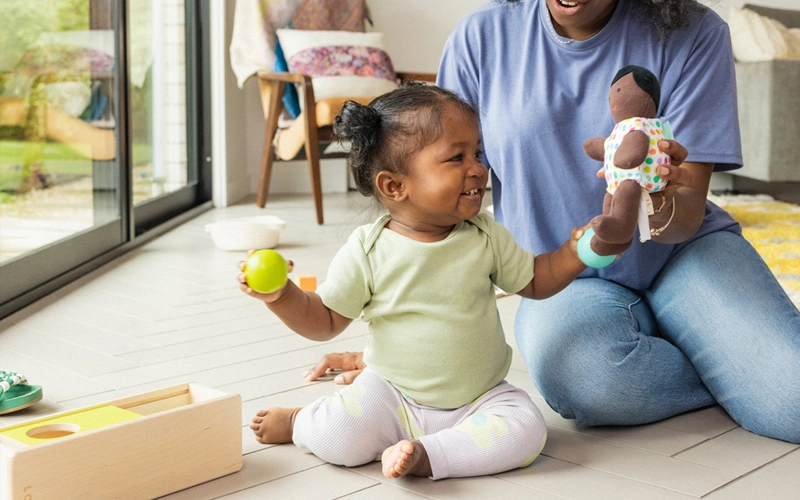
Infants (0-2 Years)
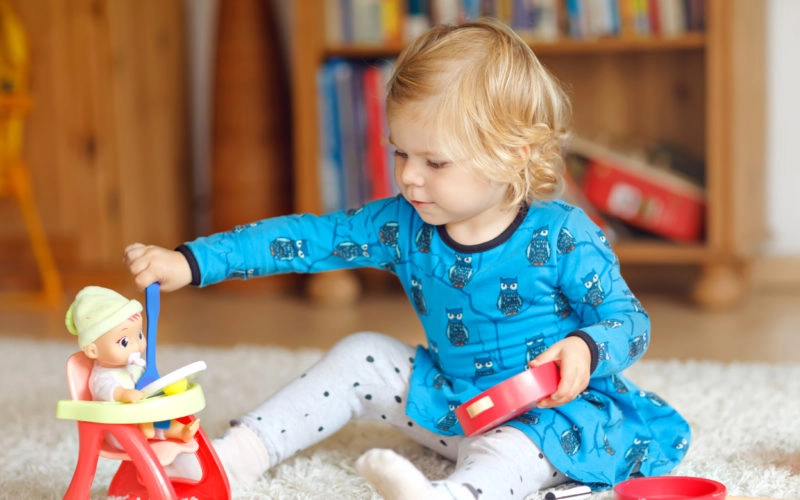
Toddlers (2-3 Years)
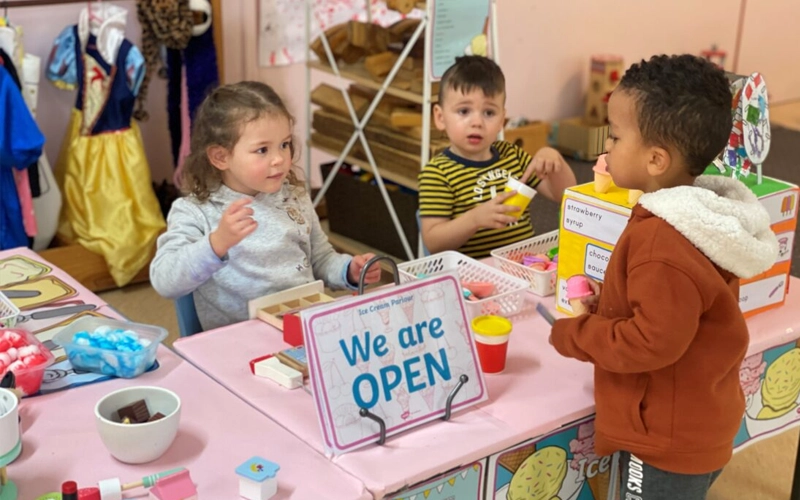
Preschoolers (3-5 Years)
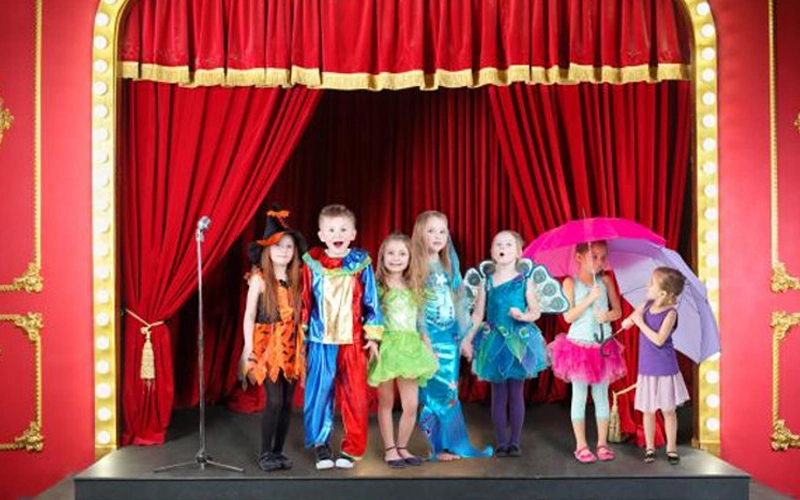
Early Childhood (5-8 Years)
Dramatic Play and Educational Philosophies
Dramatic play in early education aligns seamlessly with several teaching philosophies, including Montessori, Reggio Emilia, and traditional classroom models.
Montessori Dramatic Play
In Montessori classrooms, dramatic play activities for preschoolers are designed to be child-led and focused on real-life skills. A dramatic play kitchen or a post office dramatic play setup can teach independence and responsibility, encouraging children to explore their environment naturally.
Reggio Emilia Dramatic Play
The Reggio Emilia approach views the environment as the “third teacher,” making dramatic play areas integral to the learning experience. For instance, a dramatic play weather station could explore scientific concepts, while multicultural dramatic play ideas might inspire curiosity about other cultures.
Traditional Classroom Integration
Traditional preschool classrooms use dramatic play centers to encourage socialization and cooperative learning. Spaces like a flower shop dramatic play area or a dramatic play stand for a pretend market create opportunities for teamwork and real-world skill development.
How to Create a Dramatic Play Environment
Designing a well-structured and engaging dramatic play environment is essential for fostering creativity, social interaction, and learning in children. Whether you’re setting up a dramatic play center for preschoolers, a daycare area, or an outdoor dramatic play space, the following steps will guide you in creating a space that promotes imagination and development.
1. Define the Space
Choose a dedicated area that is safe, accessible, and large enough for children to explore different dramatic play activities.
- Indoor Spaces: Use a quiet corner in a classroom or playroom to set up specific themes like a dramatic play kitchen, post office dramatic play area, or doctor’s office role play center. Organize props on low shelves for easy access, especially in preschool dramatic play areas.
- Outdoor Spaces: For an outdoor dramatic play environment, ensure the area is spacious and includes durable, weather-resistant dramatic play equipment like mud kitchens, playhouses, or picnic setups.
2. Choose a Theme
The theme of your dramatic play center is the foundation for inspiring imaginative play. Base your theme on children’s interests or seasonal events. Rotate themes regularly to maintain excitement and engagement. Popular ideas include:
- Flower Shop Dramatic Play: Set up a pretend florist with vases, faux flowers, and a toy cash register.
- Outdoor Dramatic Play Setup: Create a pretend camping scene with tents, a play grill, and nature-themed props.
- Doctor’s Office Role Play: Allow kids to role-play as doctors, nurses, or patients with toy stethoscopes and medical kits.
3. Include Props and Materials
Stock your dramatic play area with age-appropriate props that align with your chosen theme. Props should encourage creativity, interaction, and problem-solving.
- For a dramatic play kitchen: Toy food, utensils, aprons, and a play stove.
- For a post office dramatic play center: Toy mailboxes, envelopes, stamps, and delivery bags.
- For multicultural dramatic play ideas: Include traditional costumes, cultural props, and themed decorations.
4. Rotate and Refresh Themes
Keep the dramatic play environment engaging by rotating the themes and props weekly.
- A grocery store dramatic play stand can transform into a flower shop dramatic play area or a post office dramatic play setup with minimal changes.
- Seasonal themes (like a winter “Hot Chocolate Stand” or summer “Ice Cream Parlor”) add a fun, timely twist to the dramatic play area preschool activities.
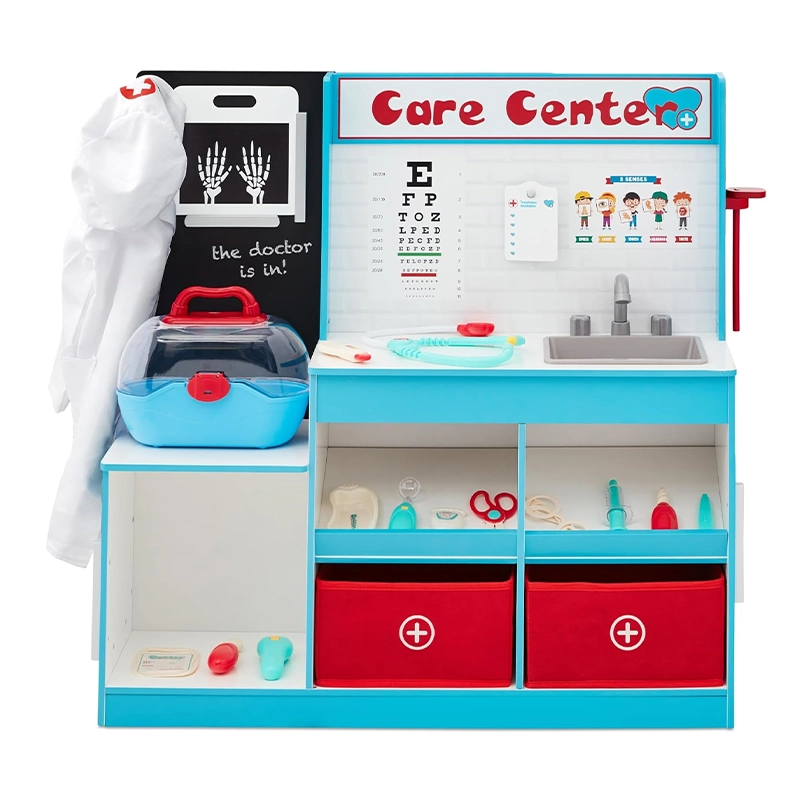
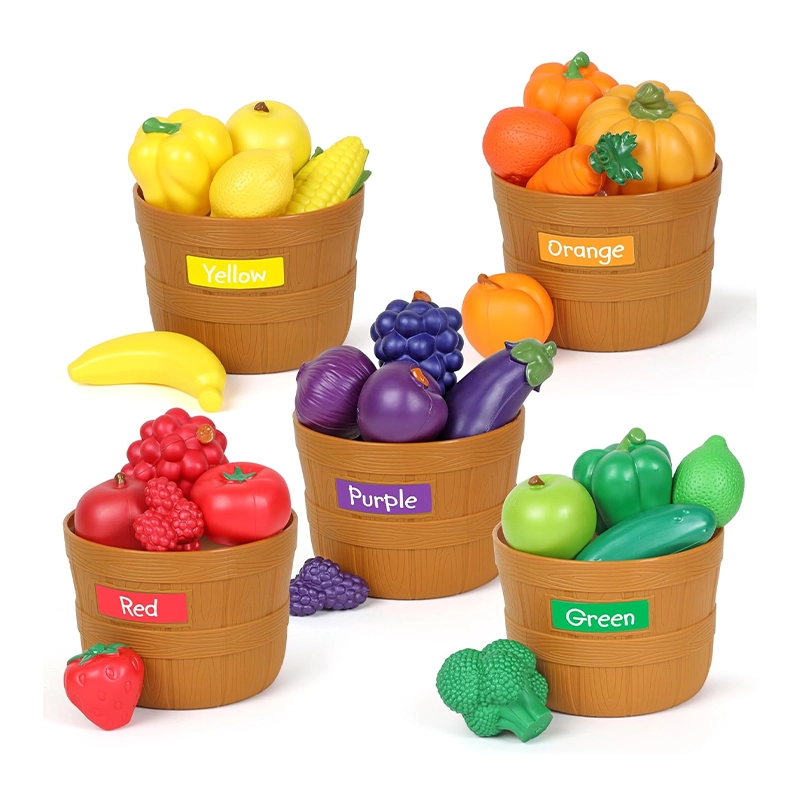
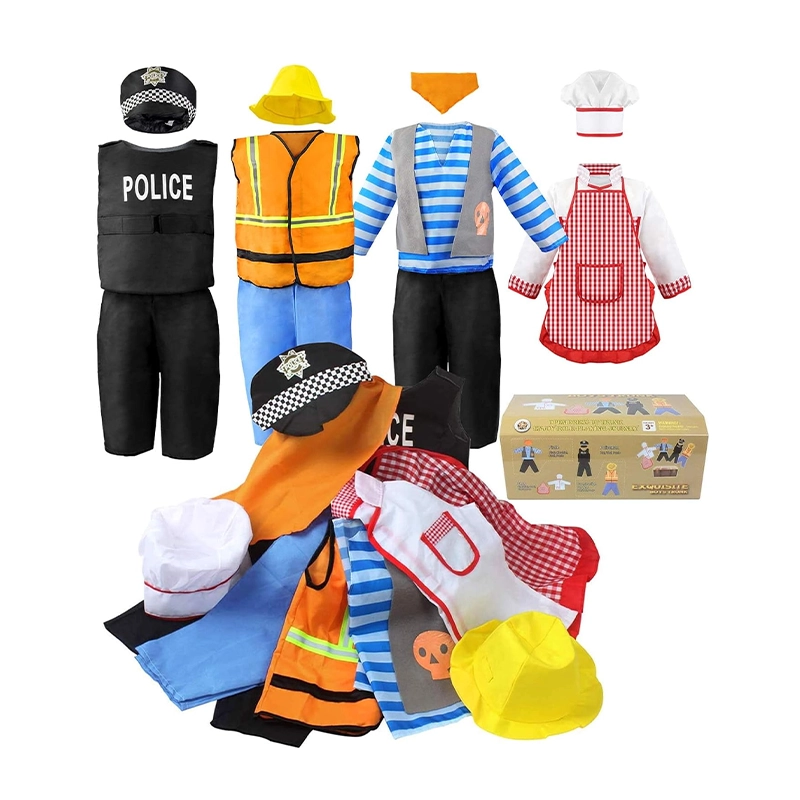
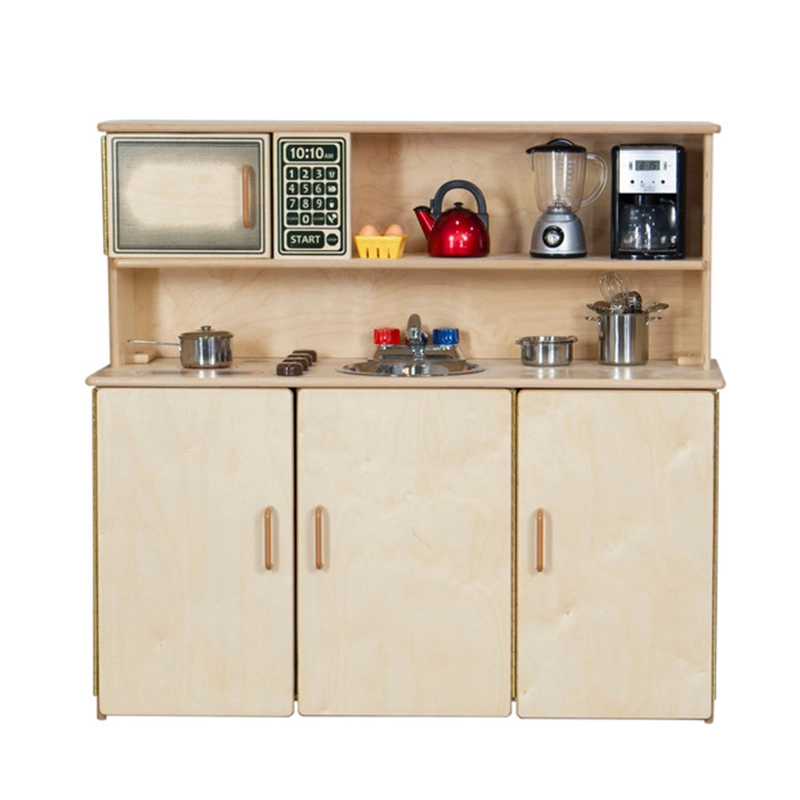
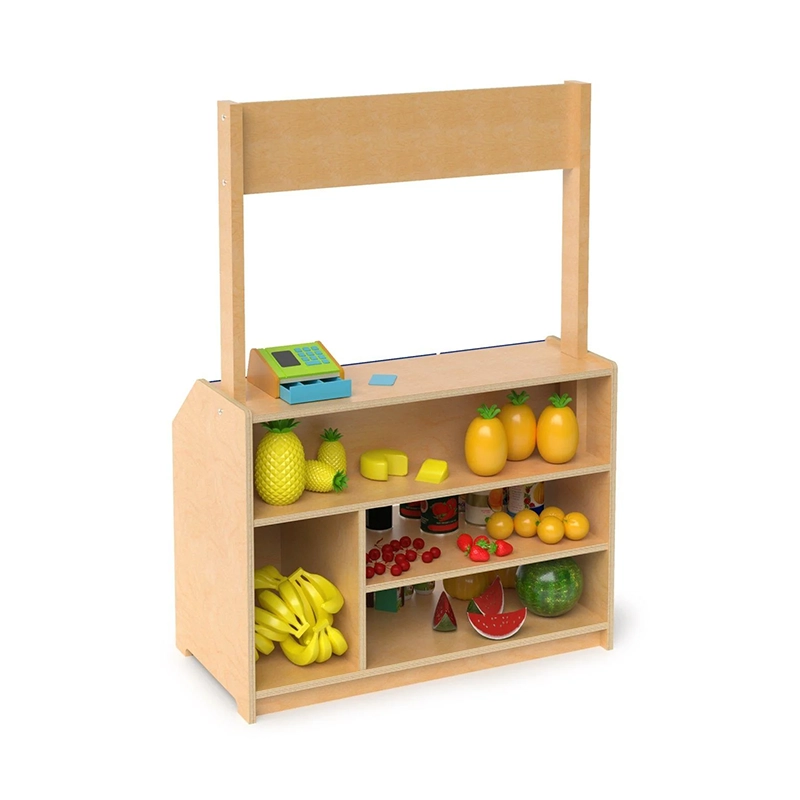
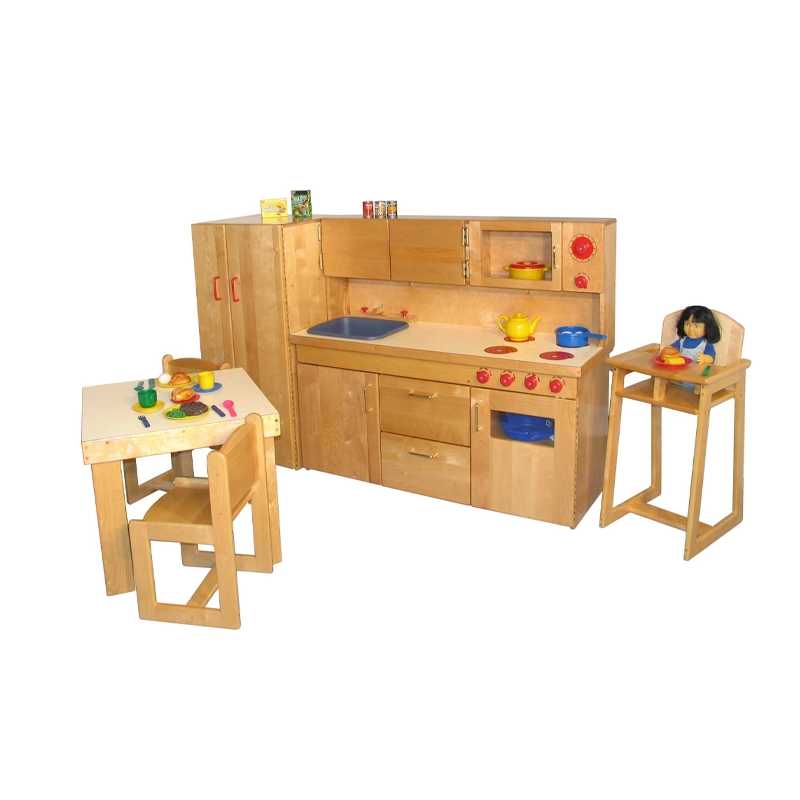
What Children Learn in the Dramatic Play Area
Literacy Skills
Through pretend play, children practice talking, asking questions, and giving instructions. Whether they act as teachers or shopkeepers, they learn new words and improve their communication skills in a fun and natural way.
Math Skills
Dramatic play often involves counting, sorting, or measuring. Simple activities like selling pretend food or setting a table help children understand basic math ideas like numbers, shapes, and patterns.
Science Skills
In pretend labs or nature play, children explore how things work, observe changes, and ask “why” questions. These activities encourage curiosity and help them learn about the world hands-on.
Artistic Expression
Children express their creativity by making costumes, drawing maps, or acting out stories. They explore art, music, and movement, which helps them share their ideas and enjoy creating something unique.
Comparison of Indoor and Outdoor Dramatic Play
Creating engaging dramatic play environments involves deciding whether to set up indoor dramatic play areas or outdoor dramatic play setups. Both options offer unique opportunities for children to learn, explore, and grow. Below is a comparison to help educators and parents determine which setting best suits their needs—or how to combine both for maximum benefits!
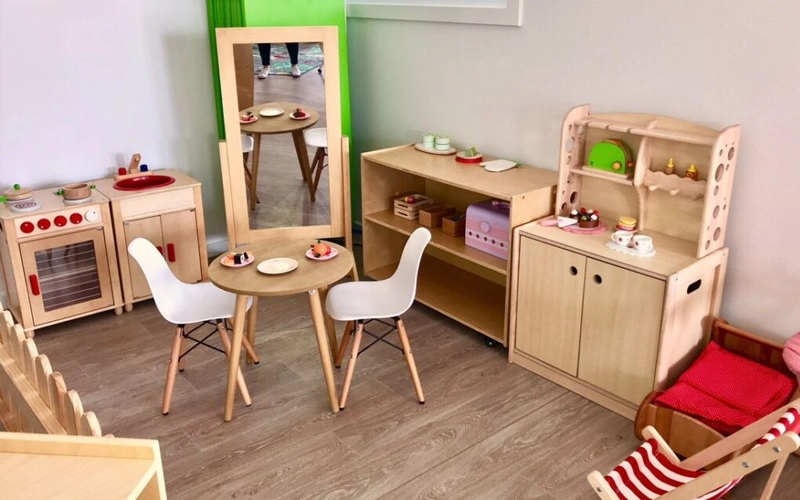
Indoor Dramatic Play
- Year-Round Play: Indoor setups, such as preschool dramatic play areas, can be used regardless of the weather, making them a reliable choice for consistent learning opportunities.
- Easier Supervision: Educators and parents can easily monitor children in dramatic play activities in a controlled indoor space.
- Versatile Themes: Themes like doctor’s office dramatic play, grocery store dramatic play, or post office play work well in smaller, organized indoor areas.
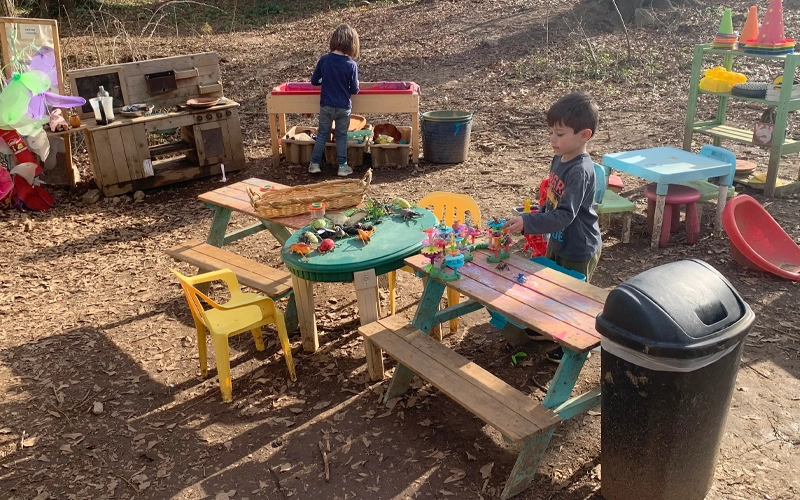
Outdoor Dramatic Play
- Enhanced Physical Activity: Climbing a playhouse, digging in a mud kitchen, or running a pretend farmer’s market encourages children to engage in healthy, active play.
- Connection to Nature: Outdoor dramatic play equipment, such as weather stations or pretend picnics, allows children to learn about and interact with the natural world.
- Creative Freedom: Larger spaces enable children to act out more significant stories, like a camping adventure with tents or a pretend animal rescue center with veterinarian kits.
FAQs
Key pieces include child-sized tables and chairs, play kitchens, dress-up storage units, and thematic playsets such as markets or tool benches. These elements encourage imaginative play and social interaction among children.
Dramatic play furniture supports children's cognitive and social development. It allows them to act out various roles and scenarios, helping them understand the world, develop language skills, and learn to cooperate with others.
Look for durable, safe, and appropriately sized Furniture for preschoolers. Consider versatile pieces that can be used for multiple play themes and are easy to clean. Also, ensure the Furniture has smooth edges and non-toxic finishes to keep children safe during play.
Many suppliers offer customizable options that align with specific classroom themes or color schemes. This helps create a cohesive and engaging learning environment that stimulates children's imaginations.
Regular cleaning with mild soap and water is recommended. Check the manufacturer's guidelines for specific care instructions, especially for items like upholstered Furniture or items with mechanical parts. Regular inspections for damage and wear are also crucial to ensure safety and longevity.
Furniture should be stable, with rounded corners and edges to prevent injuries. It's also essential that the materials used are non-toxic and that any fabrics are fire-resistant and easy to clean. Look for products that comply with safety standards, such as those set by the Consumer Product Safety Commission (CPSC).
Dramatic play furniture can be instrumental in teaching problem-solving, empathy, and communication skills. Furniture miming real-world environments, like kitchens or workshops, encourages role-playing that helps children understand and emulate social roles, fostering cognitive and social development.
Durable materials like solid wood, heavy-duty plastic, and metal are preferred for longevity and safety. These materials can withhold rough play and frequent use without breaking or becoming hazards.
Furniture should be scaled to the size of preschoolers and generally lowered to the ground to allow easy access. Ensure that the Furniture supports children's ability to play comfortably without needing to climb or stretch excessively, which can lead to accidents.
Yes, there are specific dramatic play furniture pieces designed for outdoor use. These are typically made from weather-resistant materials like treated wood or heavy-duty plastic that can handle exposure to the elements. Always ensure that outdoor furniture is appropriately anchored and regularly maintained for safety.
As a leading manufacturer and supplier of preschool furniture for over 20 years, we have assisted more than 5000 customers in 10 countries with setting up their preschools. If you encounter any issues, please call us for a free quote or to discuss your needs.

